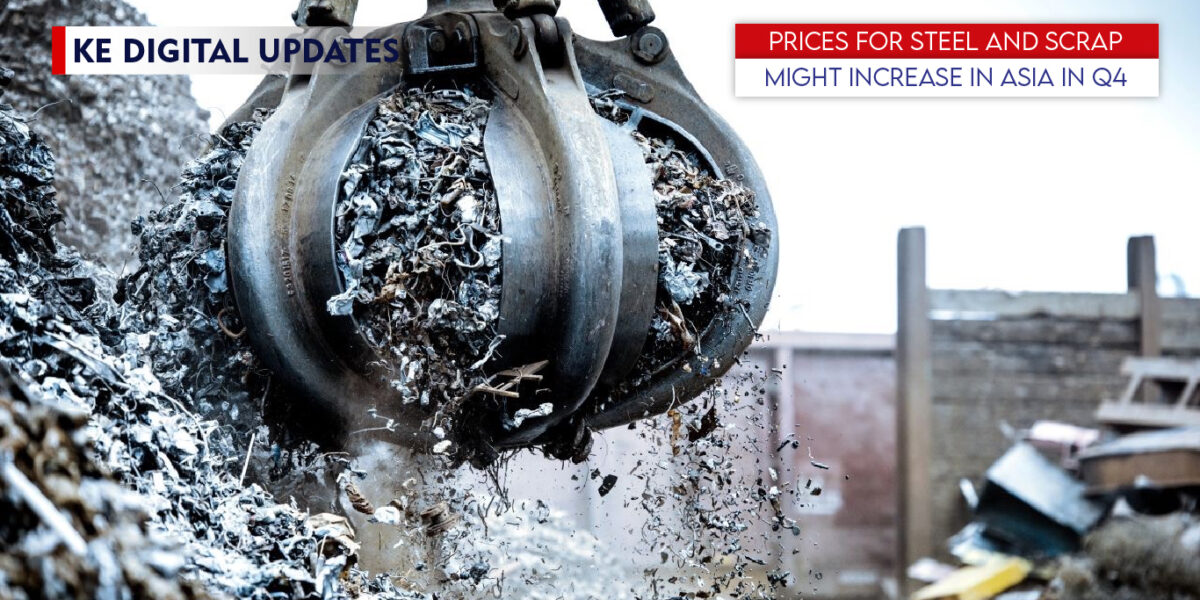Published on Oct 18, 2024
In the fourth quarter of 2024, the Asian market for ferrous metals and scrap is poised for a potential price increase. This projection is driven by a combination of economic incentives from Beijing, rising demand, and disruptions in scrap supplies. However, the overall positive trend may be tempered by softer demand in certain regions, particularly Taiwan and South Korea.
Economic Stimulus and Rising Demand
Beijing’s recent economic stimulus measures have been crucial in this anticipated price rise. The Chinese government has implemented policies to bolster the real estate sector, which has been struggling recently. These measures have led to a rebound in the domestic steel market since late September, with prices for marine steel products experiencing a notable increase. This upward trend in steel prices has also improved margins for foreign producers, as the pressure from cheap Chinese steel exports has eased.
Supply Disruptions
Supply disruptions are another significant factor contributing to the expected price increase. Seasonal factors, such as cold weather, will likely cause logistical challenges in collecting and transporting scrap metal. Additionally, there may be a reduction in supply from major exporters like the United States, further tightening the market.
Regional Market Dynamics
While the overall outlook for the Asian steel and scrap market is positive, regional variations are expected.
Vietnam: The Vietnamese steel market is projected to strengthen in the fourth quarter, supported by anti-dumping measures against imports of hot-rolled coils from China and India. This has led many buyers to shift to local products, boosting domestic demand. Increased public investment is also expected to drive steel demand, particularly in the construction sector. As a result, prices for hot-rolled coils and construction steel are anticipated to show positive dynamics.
South Korea and Taiwan: In contrast, South Korea and Taiwan face challenges that may limit the positive trend. South Korea has reduced steel production by 5.5% year-on-year, with low demand continuing to weigh on the industry. Taiwanese scrap buyers also face uncertainties, particularly due to new truck weight restrictions that could increase operating costs. Despite these challenges, demand for automotive steel in Taiwan remains relatively high, and the fourth quarter is typically a peak season for the steel industry.
Global Market Outlook
On a global scale, the steel market is experiencing mixed signals. The World Steel Association has downgraded its short-term forecast for global steel demand in 2024, projecting a 0.9% decline compared to 2023. However, a rebound is expected in 2025, with global steel demand anticipated to grow by 1.2% year-on-year. This recovery will likely be driven by infrastructure spending focused on decarbonization and digital transformation across major economies.
Conclusion: In summary, the fourth quarter of 2024 is expected to increase prices for ferrous metals and scrap in Asia, driven by economic stimulus measures from Beijing, increased demand, and supply disruptions. However, the extent of this positive trend will vary across the region, with Vietnam showing stronger prospects compared to South Korea and Taiwan. The global steel market remains in flux, with a cautious outlook for 2024 but a more optimistic forecast for 2025.


